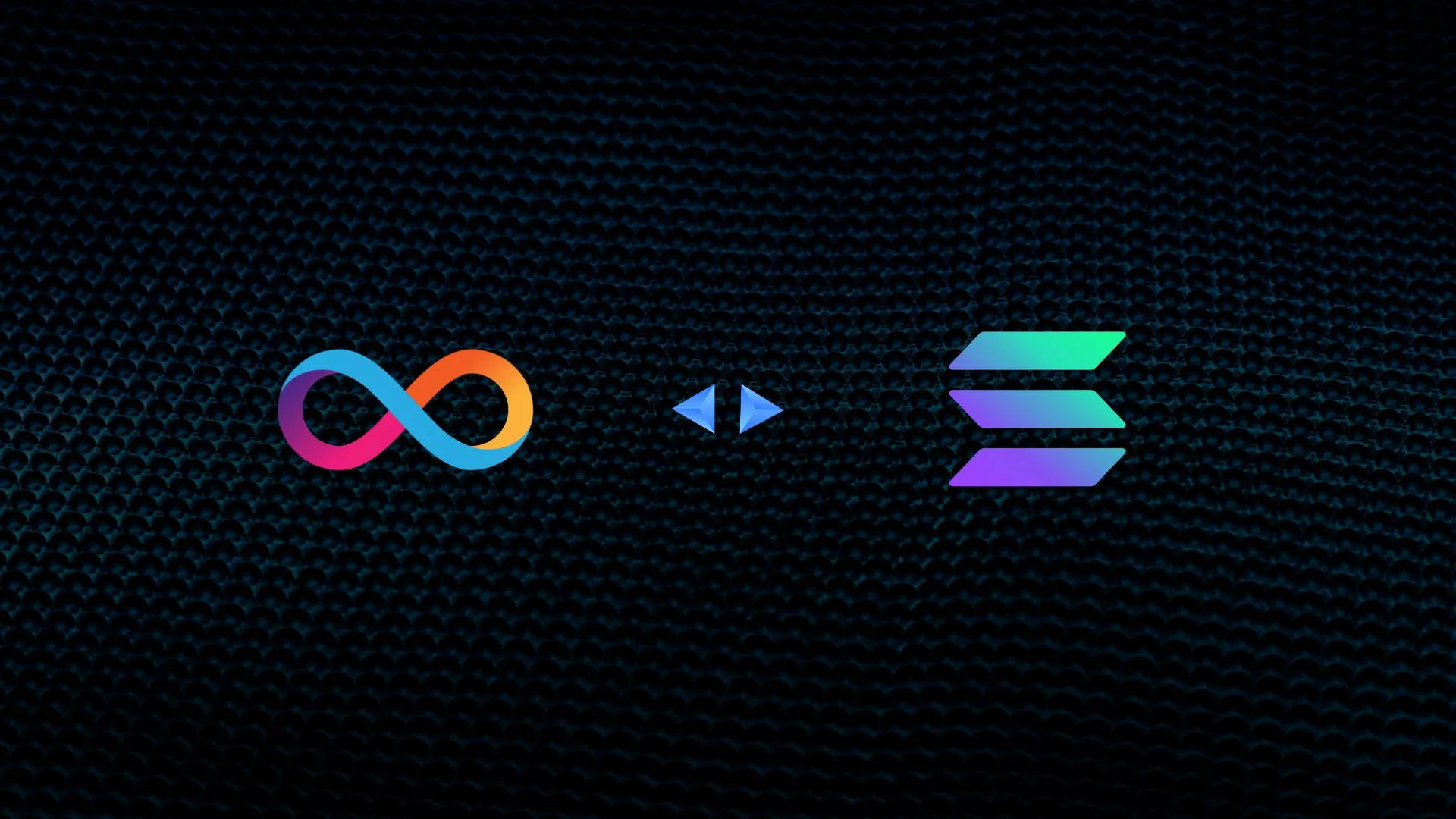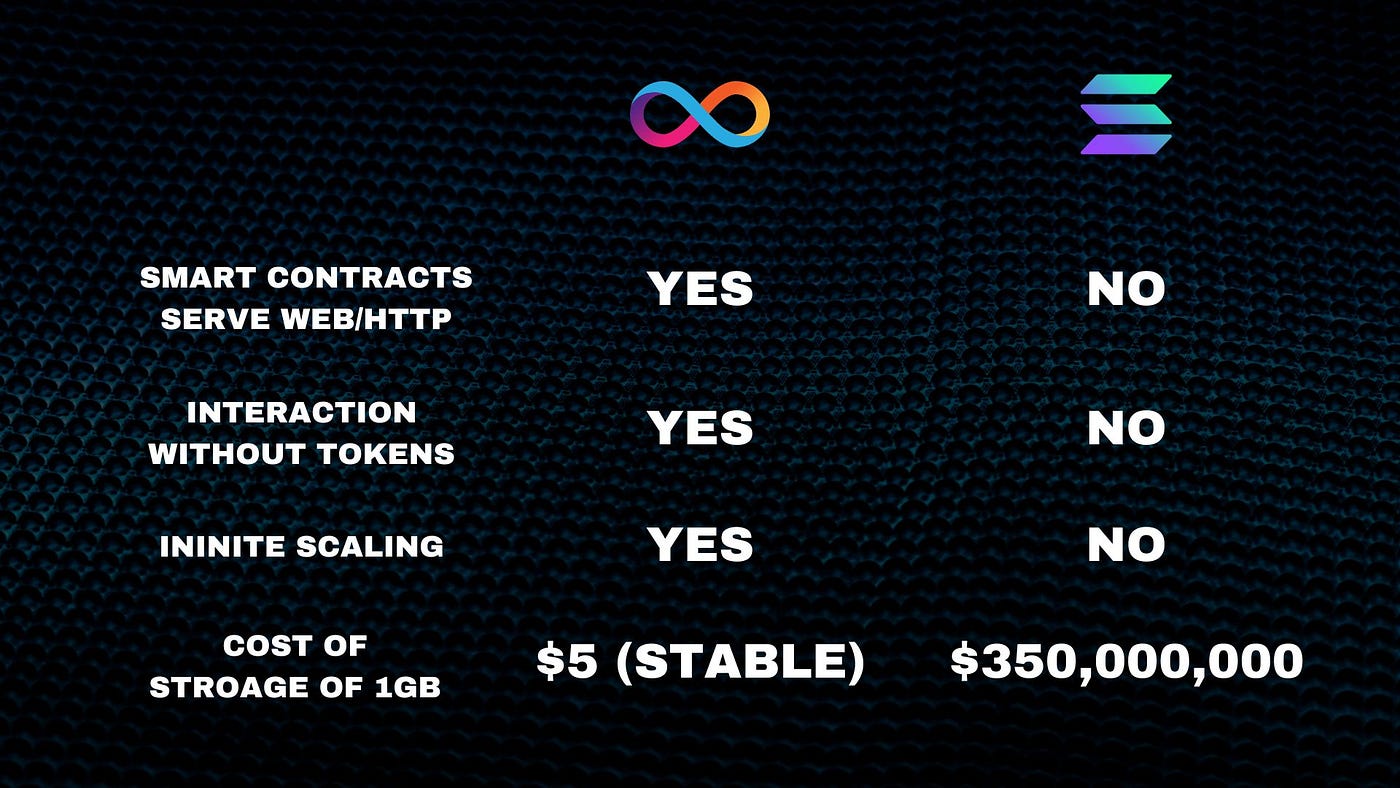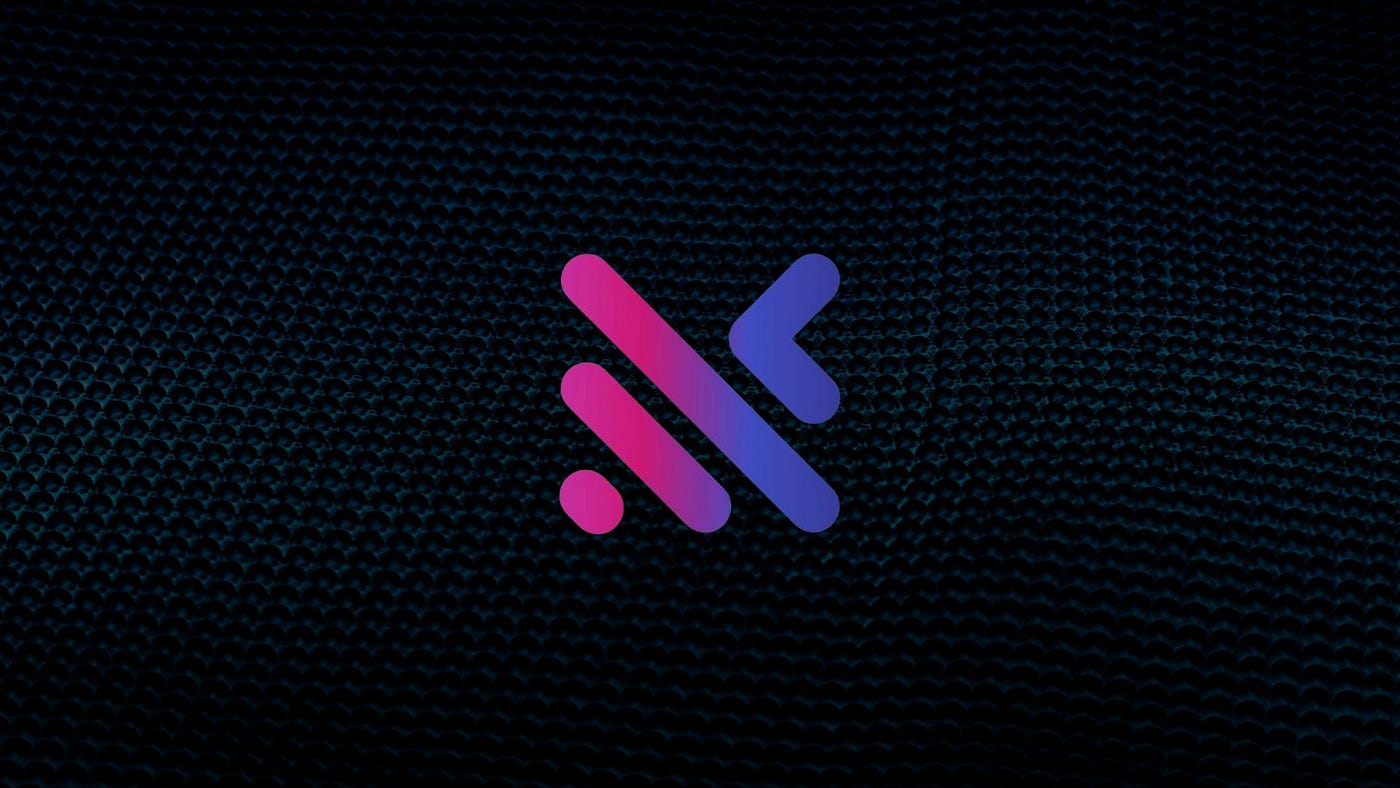
Breaking Down Blockchain Titans: Internet Computer vs. Solana
Blockchain technology is moving fast, and two names that keep coming up are the Internet Computer (ICP) and Solana (SOL). Both are working to solve big issues like scalability, decentralization, and making app development easier, but they go about it in very different ways. These differences in how they’re built play a huge role in how they perform today and what they might achieve in the future.
Decentralization and Security
Decentralisation remains a cornerstone of blockchain integrity, and the Internet Computer adopts a comprehensive approach. It uses a Threshold Relay consensus mechanism and chain key cryptography to support a decentralized network governed by the Network Nervous System (NNS). This governance model distributes decision-making across stakeholders and an extensive network of independent data centers, ensuring a balanced and secure framework.
Solana, while employing a leader-based block production system under PoS, requires high-performance hardware for validators. This reliance on fewer validators introduces potential centralization risks, raising concerns about long-term security and network resilience. The Internet Computer’s architecture is more resistant to centralization, providing a stronger foundation for decentralized governance.
Performance and Scalability
ICP delivers consistent real-world performance, achieving approximately 6,000 TPS with sub-second finality. This is enabled by its innovative chain key technology and subnet architecture, which allow parallel transaction processing and seamless scaling. ICP’s design ensures reliable efficiency, even under heavy network demand.
Solana, on the other hand, is celebrated for its theoretical TPS peak of 65,000, made possible by its unique PoH mechanism integrated with PoS. However, real-world performance tends to average between 1,000 to 3,000 TPS due to network congestion and reliance on high-performance hardware.
While Solana’s speed is impressive, ICP’s consistent results under real-world conditions make it a robust choice for developers prioritizing reliable scalability.

Tokenomics: Differing Foundations of ICP and SOL
The tokenomics of the Internet Computer and Solana reflect their distinct visions for blockchain ecosystems, with each network leveraging its native token to achieve specific operational goals and incentivise user participation.
Solana’s native token, SOL, primarily powers its ecosystem through utility in transactions, staking, and governance. SOL is required for all transaction fees and interactions with smart contracts, establishing its role as the network’s fuel. Beyond its transactional function, SOL is integral to securing the network via staking. Token holders delegate their SOL to validators, who process transactions and produce new blocks, earning rewards in return. This staking model strengthens network security while incentivizing participation. Governance is another core aspect, as SOL holders can propose and vote on protocol upgrades, fostering community-driven development.
On the other hand, the Internet Computer’s ICP token operates on a broader framework that intertwines governance, computational utility, and network sustainability. Governance on the Internet Computer is facilitated by staking ICP tokens in neurons, which allow participants to vote on proposals and shape the network’s evolution. However, what truly sets ICP apart is its conversion mechanism: tokens are transformed into “cycles” that power canisters — the Internet Computer’s form of smart contracts. This system decouples resource costs from market price volatility, ensuring developers face predictable and stable costs when building and running applications. This stability makes ICP particularly appealing for long-term, computation-intensive projects.
While SOL focuses on a streamlined model emphasizing staking and speed, ICP broadens its scope by incorporating governance, on-chain computation, and sustainable resource pricing. These approaches underscore the platforms’ differing priorities: Solana thrives on efficiency and speed, while the Internet Computer leans into scalability, innovation, and developer-centric design. Both models are effective but cater to distinct blockchain paradigms.
Web Integration and Accessibility
The Internet Computer bridges the gap between Web2 and Web3 by enabling smart contracts to serve web assets directly. This unique feature eliminates the need for traditional web servers or cloud infrastructure, simplifying the development and deployment of decentralized applications (dApps).
Developers can create fully decentralized applications with seamless integration for users. Solana, while supporting dApp development, relies more heavily on external web infrastructure for hosting front-end applications. Although this approach facilitates integration with existing web technologies, it contrasts with the Internet Computer’s native capabilities, which offer a more comprehensive solution for decentralizing web services.
Future-Proofing and Scalability
The Internet Computer’s architecture is designed for infinite scalability through its subnet system. Subnets can be added to accommodate growing demands, allowing the network to scale horizontally without compromising performance or decentralization. This approach ensures adaptability and supports seamless upgrades as technology evolves.
Solana achieves scalability through optimized transaction processing and reliance on high-performance hardware. While effective in the short term, this model may face challenges in sustaining growth as network usage intensifies, especially if hardware advancements fail to keep pace with demand. ICP’s approach, emphasizing flexible and decentralized scaling, appears better suited for long-term adaptability.
Follow our latest updates on Medium and join the conversation on social media to stay ahead of the curve in the world of ICP.


